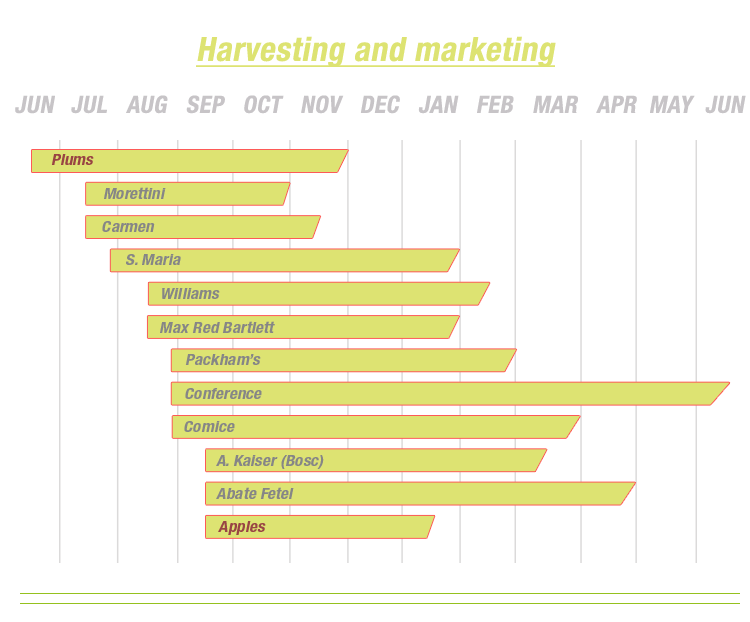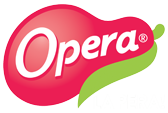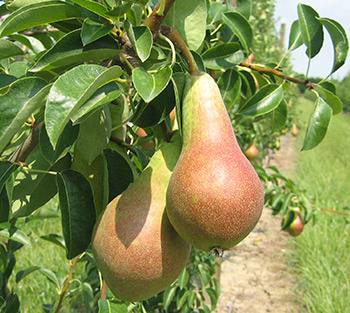Harvesting and marketing
Nature provides us with products of high quality, experience teaches us how to walk... but all is lost if you do not keep abreast of the times, investing in human resources and technologies. We know how to keep our land fertile, in absolute respect for the environment. We have implemented the principal international quality certification systems. The services offered by our staff allow for the continuous updating of the corporate base and ensure the consistency of our intentions. Knowing how to work well was taught to us by our predecessors. Now, confident in our assets and determined to keep improving the resources on the field, we will always continue to enhancing the capital which is our produce. Fruit Modena Group knows the value of time, and this is why it designates specific periods for harvesting and selling its fruit. The harvest starts in mid-July, for the earliest varieties and continues until late September, while the time to go to market takes into account the different period of preservation of the fruit in cold storage.










